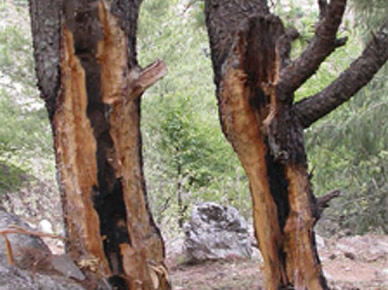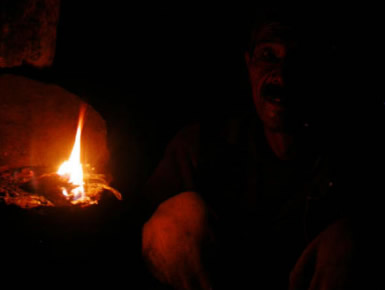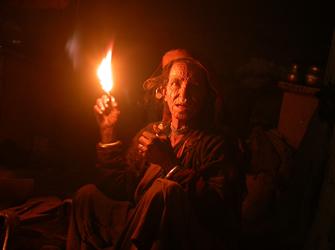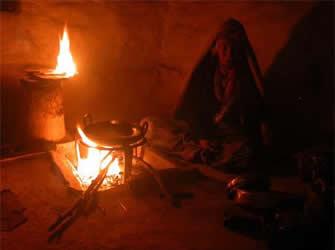Related Pages
LightSolar Photo Voltaic
» Solar Home System
» Cluster System
» 2-Axis Tracking System
Pico-Hydro
Wind Energy
General Poll - Light
| Light |
 |
 |
 |
|
Lighting is often the first use of electricity in a developing country like Nepal. Although Nepal is rich in hydropower, due to various constraints the rural sector of Nepal is still deprived of a national electrical grid. The Humla communities belong to the1.6–2 billion people worldwide without grid connections.
In Humla, all families traditionally use jharro to light indoor living spaces. Jharro is a resin rich oden stick from the high elevation Himalayan pine tree whose flame provides smoky but minimally adequate indoor lighting. Jharro is gathered by inducing a deep cut on the soft pine tree, forcing it to produce resin in order to cure the wound. This resin-rich layer of wood is cut away after a week and chips of this wood are burned to generate light.
Since 2002, RIDS-Nepal is providing various, for the local context designed, solutions for elementary rural village electrification in Humla. Thus far, RIDS-Nepal has developed, and is implementing, projects in three fields of Renewable Energy Technologies. These are: |



